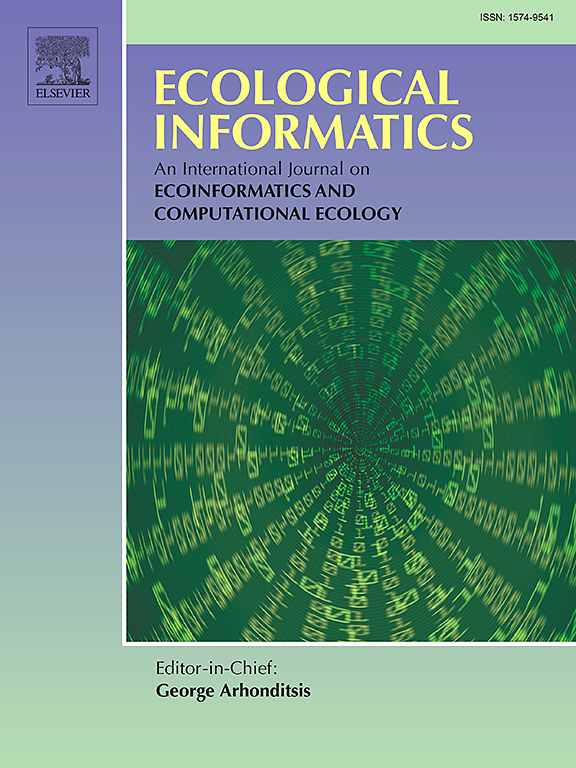Unveiling the dynamic flows and spatial inequalities arising from agricultural methane and nitrous oxide emissions
IF 5.8
2区 环境科学与生态学
Q1 ECOLOGY
引用次数: 0
Abstract
Tracing the spatial transfer and heterogeneity of agricultural methane (CH4) and nitrous oxide (N2O) emissions in China is a prerequisite for the sustainable transformation of agricultural systems. In this study, we established a research framework for evaluating agricultural CH4 and N2O flows and convergence. Using this framework, we established an inventory of China's agricultural CH4 and N2O emissions calculated according to the IPCC inventory guidelines, built a food trade model to simulate the spatial transfer, and revealed the regional differences. Finally, we analyzed the influence mechanism by combining extended Kaya identity and the logarithmic mean divisia index (LMDI) model. We found that inter-regional transfer of agricultural CH4 and N2O emissions in China have intensified, increasing from 56.14 % of total transfers in 2000 to 67.28 % in 2019. The spatial inequalities of agricultural CH4 and N2O increased, and emission intensity varied more within regions than between regions, with per capita emissions showing a club convergence with “intragroup convergence and intergroup divergence”. Although the contribution of agricultural CH4 and N2O emissions varies across provinces, controlling emissions intensity and land use intensity while maintaining GDP per capita is the key to emission mitigation. Our study provides theoretical support for prioritizing policies to mitigate agricultural CH4 and N2O emissions.
揭示农业甲烷和氧化亚氮排放的动态流动和空间不平等现象
追踪中国农业甲烷(CH4)和氧化亚氮(N2O)排放的空间转移和异质性是农业系统可持续转型的前提。在本研究中,我们建立了一个评估农业甲烷(CH4)和氧化亚氮(N2O)流动和汇聚的研究框架。利用这一框架,我们建立了根据 IPCC 清单指南计算的中国农业 CH4 和 N2O 排放清单,建立了粮食贸易模型来模拟空间转移,并揭示了区域差异。最后,我们结合扩展的 Kaya 特性和对数平均除法指数(LMDI)模型分析了影响机制。我们发现,中国农业 CH4 和 N2O 排放的区域间转移加剧,占总转移量的比例从 2000 年的 56.14% 增加到 2019 年的 67.28%。农业 CH4 和 N2O 的空间不平等加剧,区域内排放强度差异大于区域间,人均排放量呈现 "组内趋同、组间分化 "的俱乐部趋同。虽然农业 CH4 和 N2O 排放在各省的贡献率不同,但在保持人均 GDP 的前提下控制排放强度和土地利用强度是减排的关键。我们的研究为确定减缓农业甲烷和一氧化二氮排放政策的优先次序提供了理论支持。
本文章由计算机程序翻译,如有差异,请以英文原文为准。
求助全文
约1分钟内获得全文
求助全文
来源期刊

Ecological Informatics
环境科学-生态学
CiteScore
8.30
自引率
11.80%
发文量
346
审稿时长
46 days
期刊介绍:
The journal Ecological Informatics is devoted to the publication of high quality, peer-reviewed articles on all aspects of computational ecology, data science and biogeography. The scope of the journal takes into account the data-intensive nature of ecology, the growing capacity of information technology to access, harness and leverage complex data as well as the critical need for informing sustainable management in view of global environmental and climate change.
The nature of the journal is interdisciplinary at the crossover between ecology and informatics. It focuses on novel concepts and techniques for image- and genome-based monitoring and interpretation, sensor- and multimedia-based data acquisition, internet-based data archiving and sharing, data assimilation, modelling and prediction of ecological data.
 求助内容:
求助内容: 应助结果提醒方式:
应助结果提醒方式:


